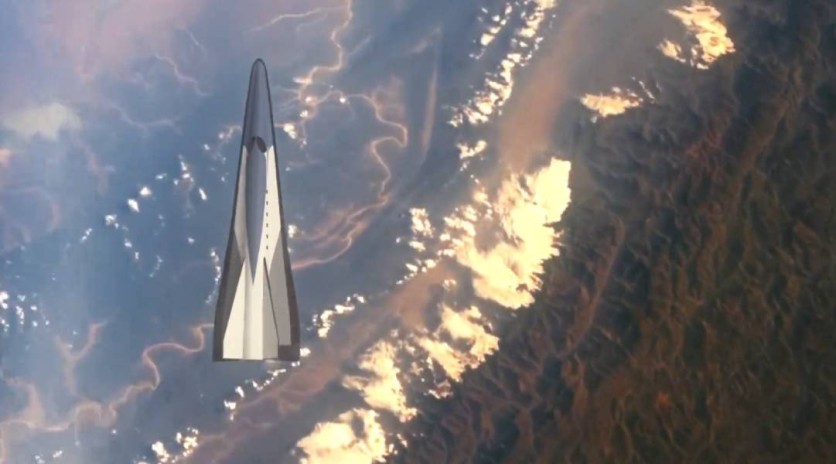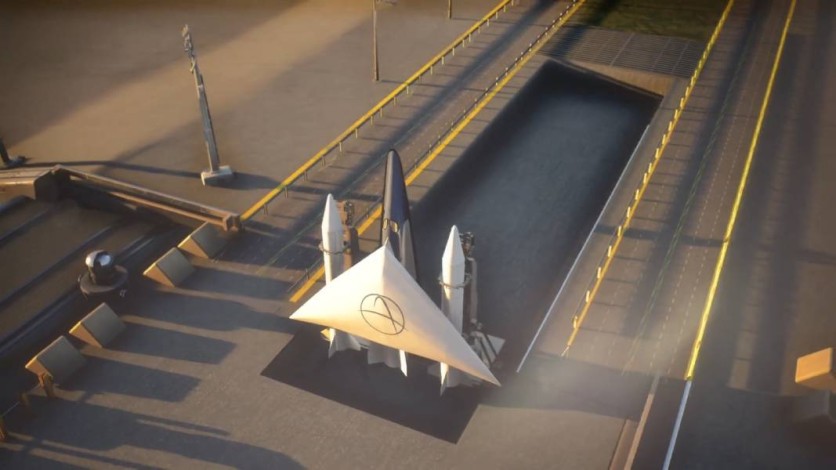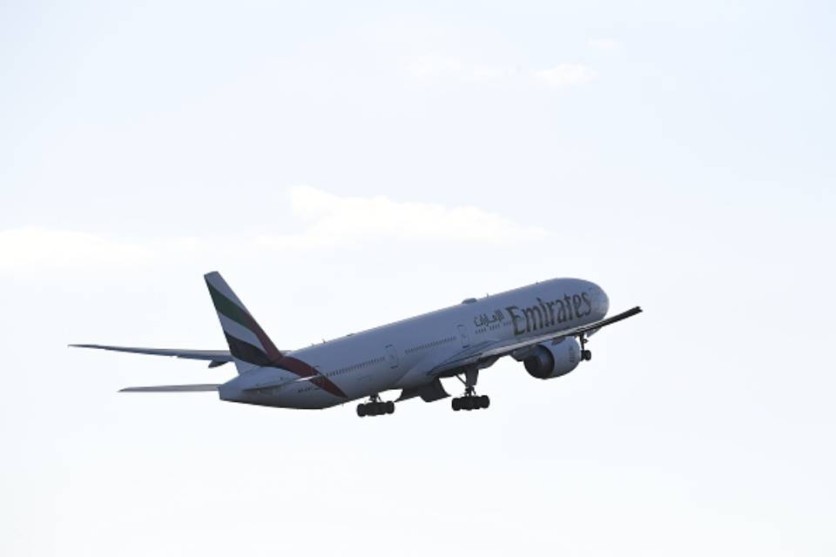A supersonic jet being developed by a Chinese company, if it does come out and fly commercial flights, will be the fastest passenger airliner ever built.

According to Space.com, the company called Space Transportation claims that their new supersonic plane will be fast enough to fly from China to New York City in one hour. For perspective, a normal flight from Beijing to the Big Apple will be 21 hours long. A 20-hour travel time reduction, if true, is INSANE.
Space Transportation also says that their so-called "winged rocket" will be cheaper than rockets which carry satellites into orbit, while also being way faster than modern commercial airliners. It will also be fully reusable, and is designed for rapid transport via suborbital travel.
As per the company's recent announcement, they plan to conduct ground tests starting in 2023, with a maiden flight in 2024. The first crewed flight for the supersonic jet, however, will not take off until 2025.
How This Supersonic Jet Works
The company posted a video on their official website detailing how the entire flight on the rocket will go. It showcases passengers boarding the flight and paying cashless via what looks to be a QR code generated on their phone-though that's obviously not the most advanced thing there.
Inside the jet, there are two rows of seats on each side, with each sitting only one passenger (window seats all the way). Passengers buckle up, the winged rocket goes vertical, and is launched into the air until its side boosters detach and let the jet take flight on its own. It works very much like a space shuttle launch from the old days. The only difference is that the side boosters are fully reusable.

Once in flight, the jet will go to the edge of space then glide back down to Earth and land vertically.
This kind of suborbital flight is almost similar to the ones that recently took Jeff Bezos and Richard Branson to the edge of space. But instead of having to be ultra-rich to go for a ride, it will be open to ordinary folks just trying to get from point A to point B at the shortest possible time. And you will be able to ride it in comfort like you're on a typical airliner-no need for flight suits.
MASSIVE Limitations
But while all of this sounds amazing and all, this supersonic jet concept faces a massive amount of challenges moving forward.
First of all, there are many reasons why modern commercial airliners go at the speed they go. Most passenger planes go to a top speed of just above 604 miles an hour, according to AeroCorner. This top speed can still be reduced by conditions like the wind.
Second of all, flying slower saves fuel. This is perhaps the most important thing that keeps commercial flights relatively affordable. Going faster means a plane's engines will need to consume more fuel. And with just how fuel prices have gone up due to the military crisis in Ukraine, it's easier to understand why going fast (especially at this point) is not a cost-efficient option for commercial airliners.

Lastly, passenger planes are just not fast enough. Modern plane engines might be bigger and more powerful these days, but they can only operate at maximum efficiency if the plane goes at slower speeds. Once again, it depends on the efficiency equation-but commercial aviation technology hasn't progressed as much as space aviation. Though that might change soon.
What's Next?
NASA, alongside several aviation startups, are working on bringing supersonic commercial flights back to life-decades after it catastrophically ended with the demise of the world's first supersonic jet airliner.
That airliner was the Concorde, first developed during the Cold War era by British and French engineers. It flew two times faster than the speed of sound (Mach 2, or over 1,300 miles an hour). The Concorde flew faster than the Earth spins, and it was specifically designed to do so-making it a marvel of engineering.
But as you can see in the video, it only lasted from 1976 to 2003 due to a myriad of problems. Fatal design flaws, super-expensive tickets, and the environmental dangers associated with supersonic flight were among the biggest ones. The Concorde never recovered and was eventually turned into a museum piece.
Whether this new Chinese supersonic jet will see the light of day, however, remains to be seen; more so with the shadow of the Concorde's failure right overhead. It is, however, far different from the Concorde in terms of how it handles supersonic flight, which could be its one ace in the hole.
Related Article : New Overture Super-Commercial Jet Could Travel Almost Twice the Speed of Sound-2025 Arrival Date Now Confirmed
This article is owned by Tech Times
Written by RJ Pierce




